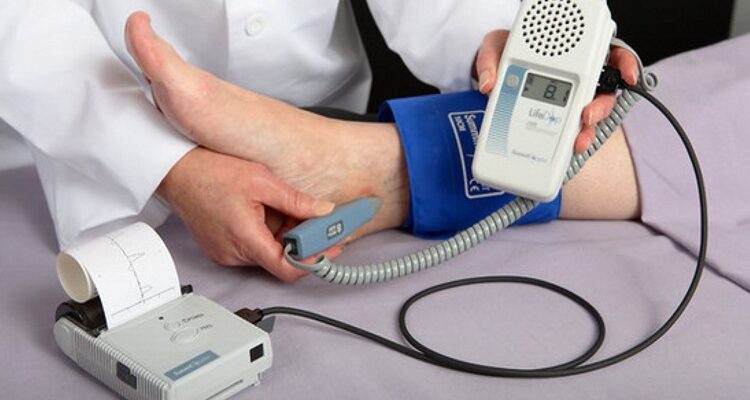Peripheral artery disease (PAD), is the narrowing of the arteries located outside of the heart (the peripheral arteries). PAD typically occurs in the legs’ arteries, but can also impact those that transport blood from the heart to the arms, head, kidneys and stomach.
Plaque buildup causes this narrowing, something known as “atherosclerosis”. This buildup can worsen, leading to reduced blood flow to the legs and other lower body parts.
In this piece we are going to talk more about PAD and its risk factors:
Table of Contents
What are the risk factors for PAD?
There are numerous risk factors associated with PAD, a disease that can be detected using a world class ABI doppler. There can be symptoms like leg pain, but often the disease does not carry any symptoms whatsoever, especially if you are diabetic.
There are numerous risk factors to look out for however, and if you are part of one or numerous of them then perhaps it is a good idea to get tested:
- You have surpassed the age of 50
- You are a smoker
- You are diabetic
- You have high blood pressure
- You experience high cholesterol levels
- You have a history of stroke, heart attack or vascular disease
PAD symptoms
You may only experience mild-to-no symptoms at all. However, if you experience one or more of the following symptoms, especially if you are over the age of 50, then it is a good idea to get tested for Peripheral artery disease :
- You experience leg pain whilst you walk
- You have cramps or pains in your calves, legs, hips, arms or thighs
- Your legs get numb or weak
- You have coldness in your lower legs and feet
- Your feet, toes & legs have sores that won’t get better
- Your legs can look the colour blue
- Your legs have shiny skin
- You experience slow toenail & hair growth
- For men, you may experience erectile dysfunction.
Complications associated with PAD
PAD can cause numerous issues, so it is important to test for the disease as you may be at risk of a coronary or stroke. In particular cases, if you have diabetes or are a heavy smoker above 50, it can lead to blocked or heavily reduced blood flow that can then go on to cause critical limb ischemia. This is a condition that begins when blood flow is reduced so much that it can cause consistent pain, infections and sores that won’t heal. Unfortunately, it can even lead to gangrene, something which may require amputation.
How to prevent PAD
The best way to prevent PAD, especially as you age, is to reduce the risks you can control, including:
- Giving up the cigarettes
- For diabetics, working to control blood sugar
- Keeping a healthy weight
- Regular exercise
- A healthy diet with low amounts of saturated fat
PAD treatment
Treatment options for PAD depend on the severity of the disease, symptoms, lifestyle, risk factors and your personal medical history. The first – and best – method for controlling PAD is to work to prevent it in the first place. Sometimes, a healthy lifestyle and medicine can help with high blood pressure levels and high cholesterol, with certain medications helping reduce your symptoms as you go about your day.
In particular PAD cases, you may require the following invasive procedures in order to increase blood flow to the affected area:
- Angioplasty
- Atherectomy
- Bypass surgery
Anyone who thinks they may be experiencing PAD or at risk of the disease should contact their doctor immediately.










Comments